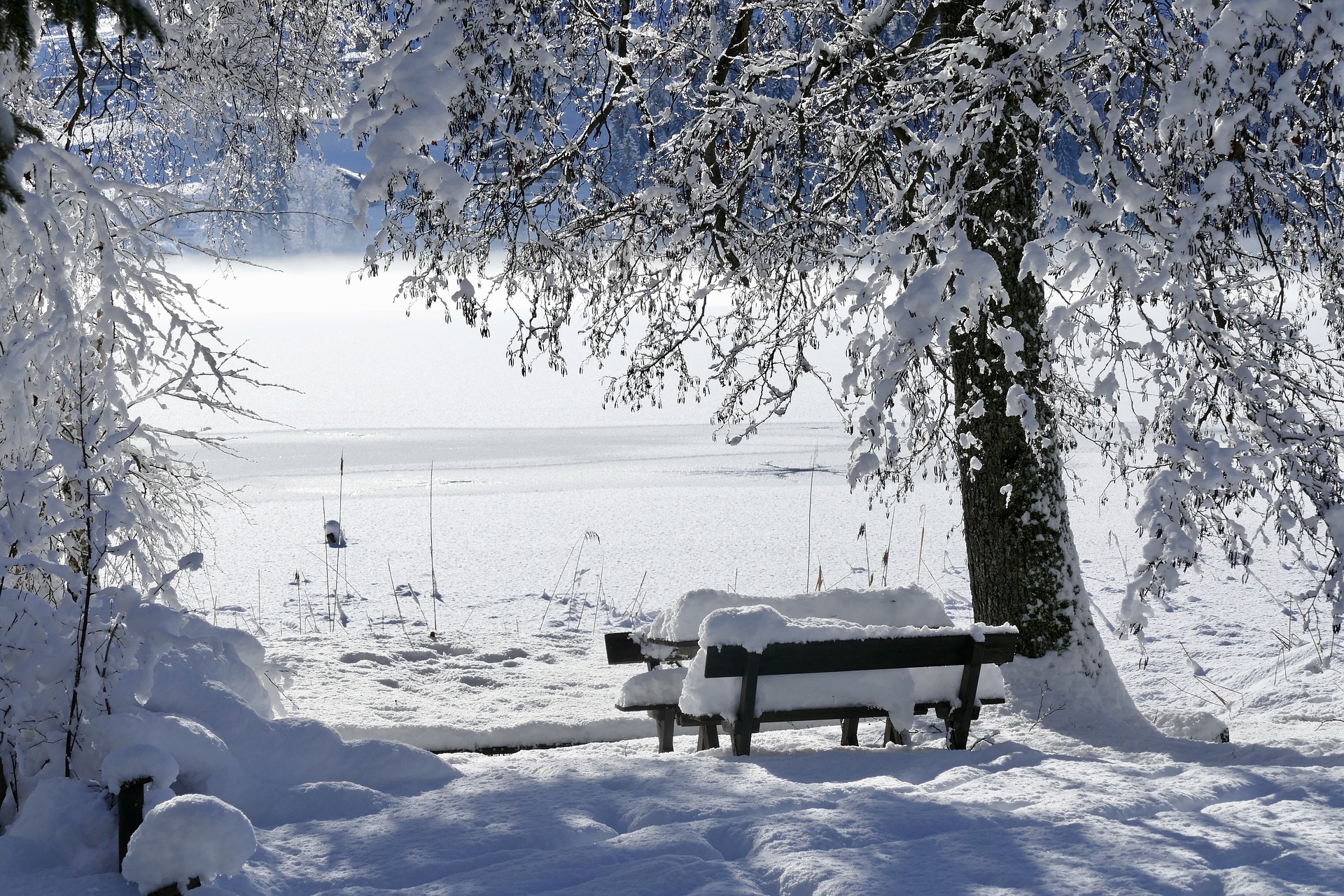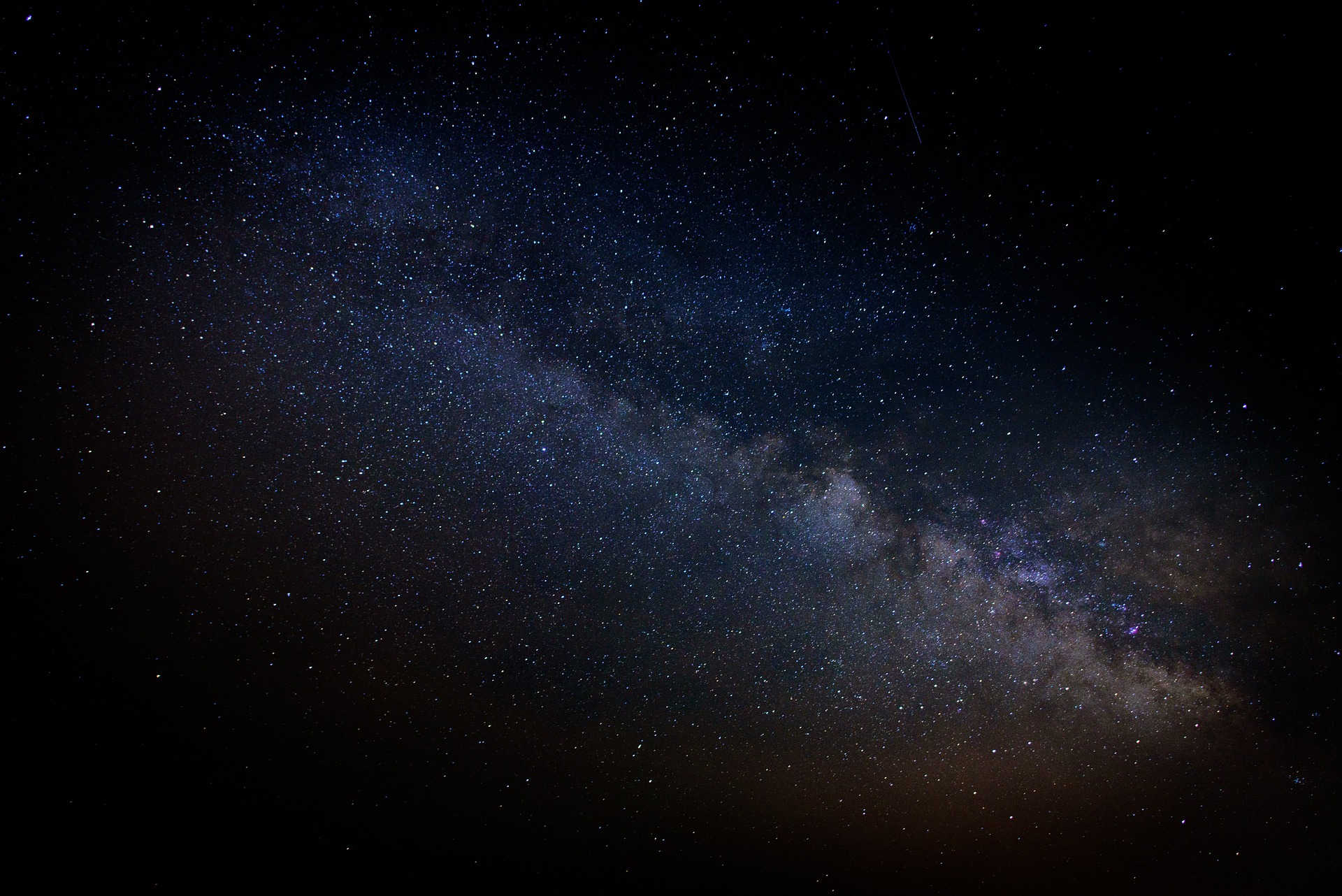The coming week will be pretty wintry in most of Austria, with daytime temperatures around plus four degrees. Geosphere Austria then forecasts more snow on Friday. Winter will remain with Austria for the most part in the coming days, even if it will initially become much milder in the east at the beginning of the week. In the south and southeast, there will be snow and rain at the beginning of the week. From Friday, it will be wintry again everywhere, according to the forecast of Geosphere Austria (formerly ZAMG).…
Read MoreDay: January 23, 2023
Inflation: The price spiral continues to turn
The standard and category rents were already adjusted by law in 2022. Another recommended rent increase is imminent in April as part of the inflation adjustment. Although the Ministry of Justice publishes the upcoming adjustment only in March, the Chamber of Labor has already calculated how much the rents will increase this time. “From April 1, the standard rents will increase by 8.6 percent. For a tenant or a tenant are the average additional costs of about 490 euros a year,” says Thomas Ritt, expert of the Chamber of Labor.…
Read MoreTips for driving in cold weather
Weak car batteries are one of winter’s most common causes of breakdowns. “The culprit is driving distances that are too short coupled with too many power consumers in the vehicle being turned on at the same time – this is usually true even with new batteries. A car’s alternator needs about 10 minutes of driving time to recover the amount of electricity consumed at the start,” explains ÖAMTC technician Steffan Kerbl. If other electricity consumers, such as the radio, fan or seat heater, are switched on on a cold winter’s…
Read MoreA huge map of the Milky Way reveals more than 3.3 billion stars
Astronomers* have published the most detailed star map of a part of the Milky Way. Approximately 3.32 billion celestial objects are recorded in it. For this, 21,400 individual images and more than ten terabytes of data were collected. The map was created over two years using the Dark Energy Camera at NSF’s Cerro Tololo Inter-American Observatory in Chile. The entire DECaPS2 survey map is publicly available in high resolution (here). It shows the Galactic disk as seen from the Southern Hemisphere. This covers 6.5 percent of the night sky. Individual…
Read More


